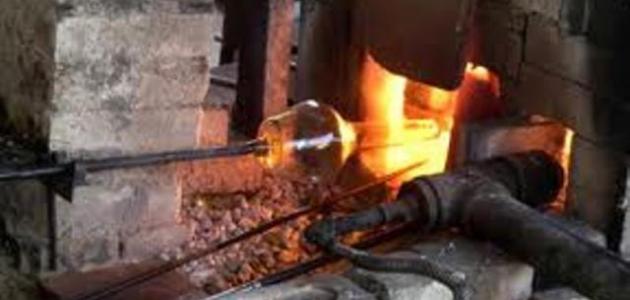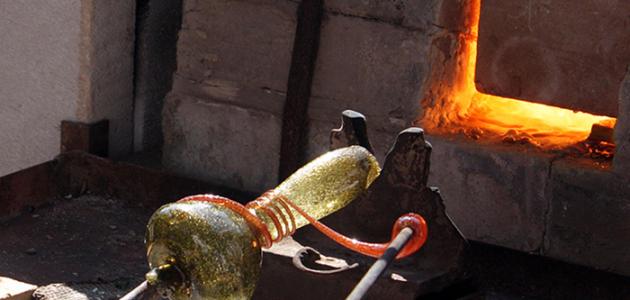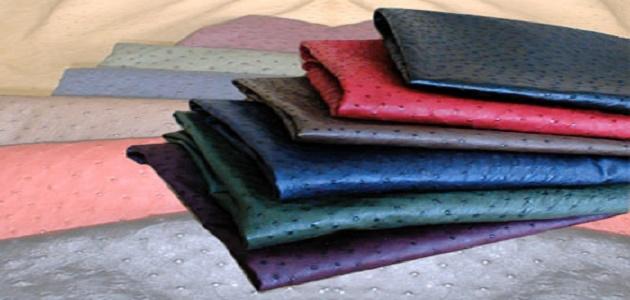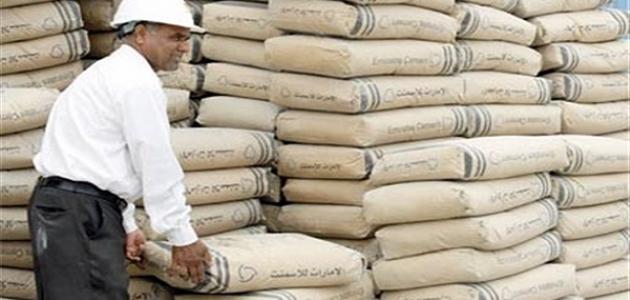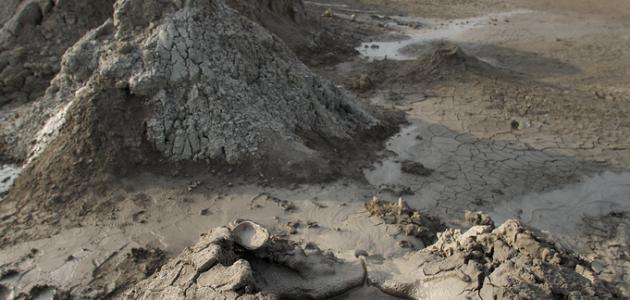Definition of glass
Glass: It is a transparent, inorganic material that is similar in structure to liquids and is equivalent in hardness at normal temperature to the hardness of solid bodies. In its solid and liquid states, it does not contain crystals and its melting point cannot be determined. Because it transforms from the solid state to the liquid state, passing through the soft stage, which is characterized by a high degree of viscosity. Glass is considered one of the most useful materials in the world, as it can be shaped into many forms, such as spinning and extracting from it a thread thinner than a spider's thread. It may become like dough or in the form of a large telescope mirror that weighs several tons. Glass may be made to become stronger than steel or weaker than paper. It is more fragile, and it can be colored in any desired color by adding different chemicals.
Glass-making materials
The primary raw materials used in the glass industry are divided into two main parts:
- Basic materials: Which represents the following materials:
- Sand or silica: Sand with low impurities that contains a high percentage (may reach 80%) of silicon oxide (SiO2) is used to extract silicon acid, which represents the basic material for making glass.
- Sodium compounds, specifically sodium oxide, which reduces the melting point and helps form glass.
- Lime and dolomite: Calcium oxide (CaO) helps harden the glass.
- Borax: It is a substance that contains sodium oxide (Na2O) and boron oxide (B2O3), and it works to reduce the coefficient of expansion of glass. Glass that contains a large percentage of boron oxide is characterized by the fact that it does not break when exposed to sudden heat.
- Secondary subjects: Secondary materials can be defined as materials that are added to glass to improve its quality, such as coloring materials and fusion accelerators, such as some oxides, such as lead oxide, titanium oxide, and barium oxide.
How to make glass
The glass making process begins with preparing the raw materials in the form of powder or granules to be mixed with each other in specific proportions, and then the mixture is entered into the oven at a very high temperature, which causes the sand to melt, so sodium carbonate is added to reduce the melting point, and the sand reacts with the sodium carbonate. To form sodium silicate, which is known as (water glass); Because it dissolves in water, limestone is added to it to form a mixture of sodium and calcium silicate to become resistant to dissolution in water. Meanwhile, other chemicals may be added to the mixture, such as chromium oxide to obtain green glass, or cobalt oxide to obtain blue colored glass. The molten glass is then slowly cooled until it reaches the desired degree of formation. This process is carried out either by manual blowing and shaping by pouring the molten into the mold and blowing with the mouth or with a blower, or by using automatic molding by pouring the molten and blowing automatically. During this process, the molten quickly loses its heat, so the forming process must be completed as quickly as possible, and after the completion of the forming process The glass is cooled slowly and gradually to avoid cracking, breaking, and the formation of weak areas in it due to the sudden change in temperature. The glass tools and artifacts are placed in the cooling oven at a temperature ranging between 400 and 600 degrees Celsius until they gradually cool, after which the glass tools are taken out. From the oven to be polished, cut, and classified.
Read also:How to make a solar panelGlass making in ancient times
Humans began to discover the secrets of making and forming glass in ancient times by observing the effect of lightning falling on the sand, which led to its melting and the formation of long thin tubes called (flash). They also noticed that the heat of explosive volcanoes led to the melting of rocks and sand in the areas surrounding the lava to form glass known as It is called (volcanic glass), which was used to make knives, arrowheads, jewelry, and money. In fact, the time and place in which glass was first made has not been determined, but it is likely that the initial attempts at making glass began before 3000 BC. It is also believed that the first glass vessels were made in 1500 BC in Egypt and Mesopotamia. During the next three hundred years, the glass industry developed and achieved great success, but it soon fell into neglect until it flourished again in the year 700 BC in Mesopotamia, and it continued to flourish until it returned to Egypt in the year 500 BC, and the industry spread. Glass then reached the Levant and the countries surrounding the eastern shores of the Mediterranean Sea.
Glass properties
Glass is characterized by several properties that may distinguish it from many other industrial materials. Among these properties, we mention the following:
- Transparency: Glass is a material characterized by clear and homogeneous transparency, as infrared and ultraviolet light rays and waves pass through to a limited extent.
- Reflecting and refracting light: The refractive index of glass ranges between 1.46 and 2.18.
- Hardness: Hardness is defined as resistance to scratching or friction, and although glass is a fragile body that breaks quickly, it is able to resist scratching and friction.
- Resistance to chemicals: Glass can resist chemical solutions except fluoric acid (HF) and alkaline melts, which easily decompose glass. Water can affect the glass if it is exposed to it for a long time.
